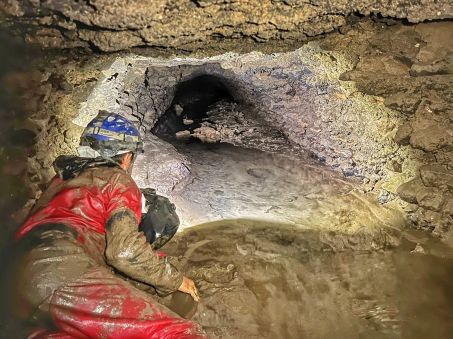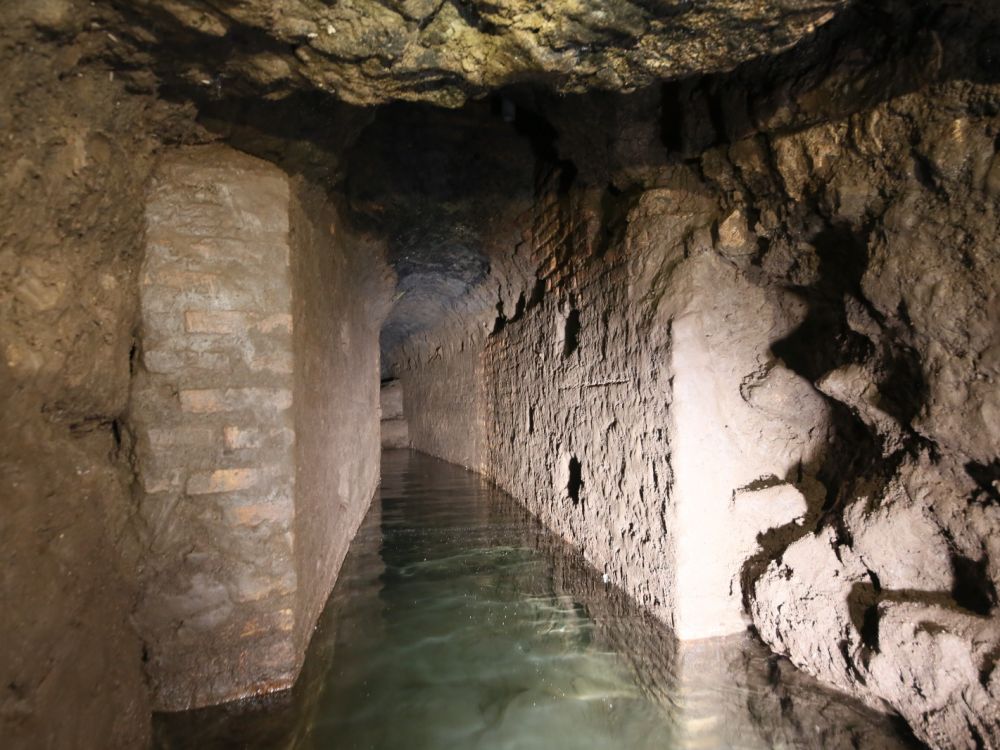
Roman scientists claim a new look at the life of the Romans 2,500 years ago. They were able to come to such conclusions thanks to findings in the drainage systems of the Colosseum.

Study of drainage systems. Coliseum Archaeological Park.
Italian archaeologists began their journey into the Colosseum's past in January of last year. In fact, it took a year to clean up and investigate the Colosseum's drainage systems. The drainage system had to be washed and cleaned of 70 meters of collectors and drains.
"For 1,500 years, the underground pipes contained important archaeological material that directly testifies to how the shows organized at the last stages of the life of the Colosseum took place, that is, until the "end of the games" in 523 AD, and the final abandonment of this place," says the scientist head of a team of archaeologists.
There are many interesting and intriguing finds among the finds. Archaeologists have found traces of food, which were most likely used as snacks, which the Romans ate during the spectacles in the amphitheater. These are the seeds of figs, melons and grapes. Traces of olives and nuts.
Also, the researchers found more than fifty bronze coins of the late Roman period. And among them, they discovered a special coin - the sestertius, which got its name from the Roman currency used during the last two centuries of the Roman Empire. It was minted for the tenth anniversary of the reign of Emperor Marcus Aurelius, around 170 AD.
In addition, household items such as playing dice, fragments of wall and floor coverings, and a processed bone pin were also found in the canals.
But scientists were most interested in the found animal bones. And we are not talking about those animals that people ate. Bones of bears, leopards, lions. But scientists are intrigued by the bones of cats and... dachshunds.
“All were probably forced to fight in the arena or were hunted. These are games in which wild animals were pitted against each other (or animals and people), or a hunt was recreated with decorations that should remind of the natural environment of the origin of the animals," comments the archaeologist of the research group, an expert on games in the Roman Empire, about the found bones.
There are more questions than answers about dachshunds.
"Their participation in the performances is a mystery. The bones are there, their presence in the arena is therefore obvious. But they should be studied to see if they have traces of the teeth of other animals or of weapons," commented the researcher. "Neither the sources nor the iconography left traces of the use of small dogs in exhibitions.»

Study of drainage systems. Coliseum Archaeological Park.
"The discoveries deepen our understanding of the experiences and habits of the people who came to this place during the long days dedicated to the performances," says the director of the Colosseum Archaeological Park. Also, she adds: “The important research work carried out by the park has allowed us to better understand the functioning of the Colosseum from the point of view of the hydraulic system, as well as to deepen our knowledge of the lives and habits of those who frequented this place over a long period of time. These results are "only the first step, which must be followed by scientific editing and publication of the data."
Perhaps a lot of new information will be revealed to the world after the complete study of all artifacts. And the discoveries that were made at the beginning of this year have already attracted the attention of visitors to the Colosseum
